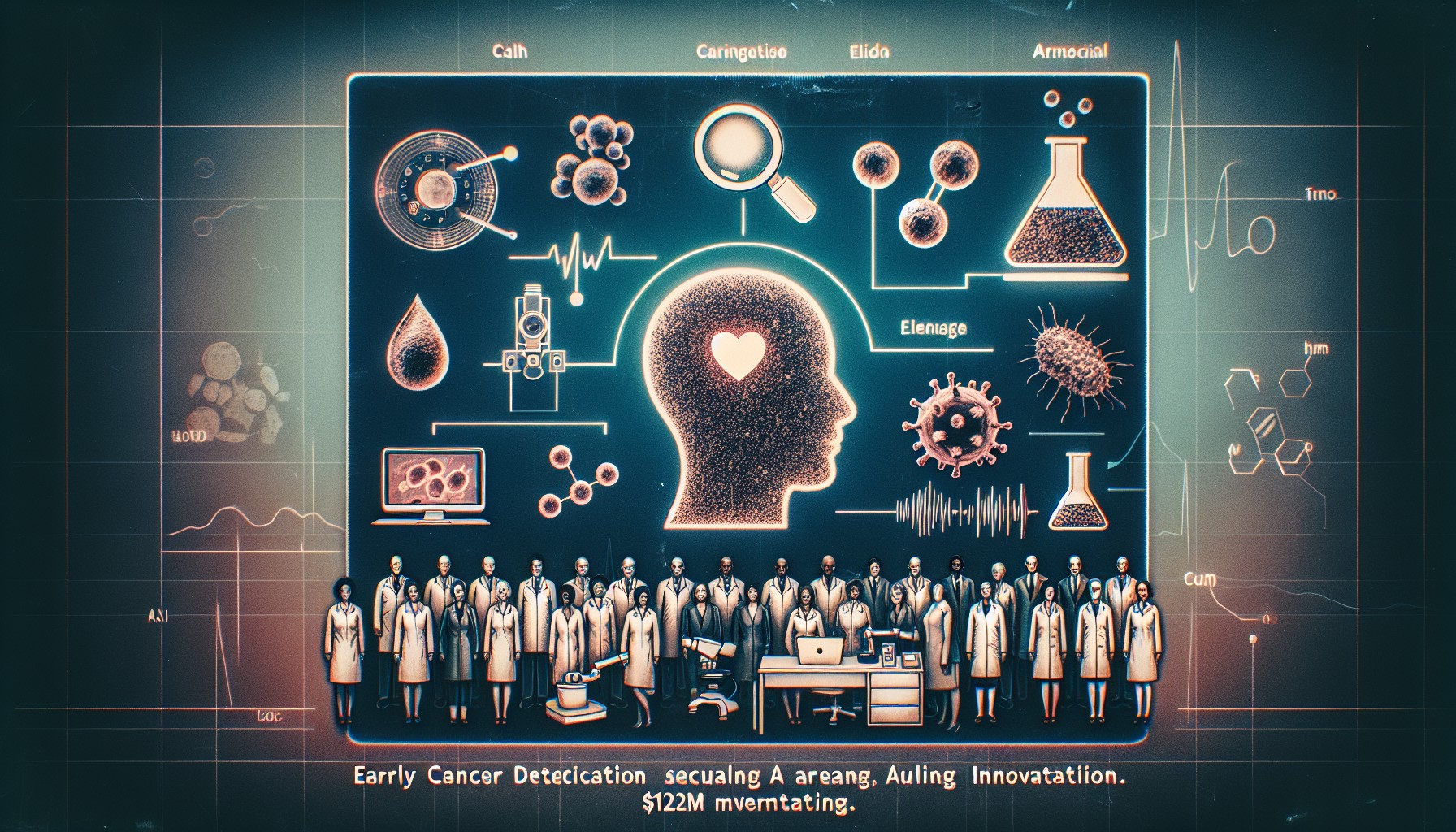Cancer remains a formidable adversary in the realm of global health, casting a long shadow over the lives of millions. According to the National Cancer Institute, the year 2022 witnessed nearly 20 million new cancer cases and a staggering 9.7 million cancer-related deaths worldwide. These numbers are a stark reminder of the challenges we face, with projections indicating a rise to 29.9 million new cases by 2040. In this battle against cancer, the integration of cutting-edge technology such as Artificial Intelligence (AI) and novel approaches in biotechnology offer a glimmer of hope.
In the vanguard of this technological revolution is Craif, a company that emerged from Nagoya University in Japan in 2018. Craif is pioneering the use of microRNA (miRNA) as a diagnostic tool. miRNA, a small non-coding RNA molecule, plays a critical role in regulating gene expression. Its potential as a biomarker for various types of cancer has garnered significant attention, as it can provide insights into the biological processes that underlie cancer development and progression.
The intersection of AI and miRNA analysis is where Craif’s innovation shines. By leveraging AI algorithms, Craif can analyze vast datasets of miRNA sequences to identify patterns and anomalies that are indicative of cancer. This application of AI not only accelerates the process of diagnosis but also enhances its accuracy. The ability to detect cancer in its early stages through miRNA analysis could revolutionize early intervention strategies, potentially saving countless lives.
AI’s role in this process is multifaceted. Machine learning models are trained on extensive datasets to recognize the complex relationships between miRNA profiles and cancer types. These models improve over time, becoming increasingly adept at predicting the presence of cancerous cells with a high degree of precision. As AI technology progresses, its integration into miRNA analysis may lead to the development of personalized treatment plans based on an individual’s unique genetic makeup.
Furthermore, AI enhances the scalability of miRNA-based diagnostics. Traditional methods of cancer diagnosis often require invasive procedures and extensive laboratory work. In contrast, AI-driven analysis of miRNA offers a non-invasive, efficient, and cost-effective alternative. This democratization of cancer diagnostics could make advanced medical care accessible to a broader population, including those in underserved regions.
Beyond diagnostics, AI is also playing a pivotal role in cancer research and drug discovery. By sifting through massive datasets, AI can identify potential drug targets and predict how cancer cells will respond to various treatments. This accelerates the pace of research and reduces the time and cost associated with bringing new therapies to market. The synergy between AI and biotechnology holds promise for not only understanding cancer better but also devising innovative treatment strategies.
As we look to the future, the collaboration between AI and miRNA research represents a paradigm shift in how we approach cancer. The integration of these technologies is poised to transform cancer care from reactive to proactive, focusing on prevention and early intervention. As we continue to harness the power of AI, we move closer to a world where cancer is not just treated, but anticipated and managed with precision.
The road ahead is not without challenges, as ethical considerations and data privacy concerns must be addressed. However, the potential benefits of combining AI with miRNA analysis in the fight against cancer are too significant to overlook. By forging ahead with innovation, collaboration, and a commitment to ethical practices, we can hope to turn the tide in the battle against one of the world’s most relentless diseases.
